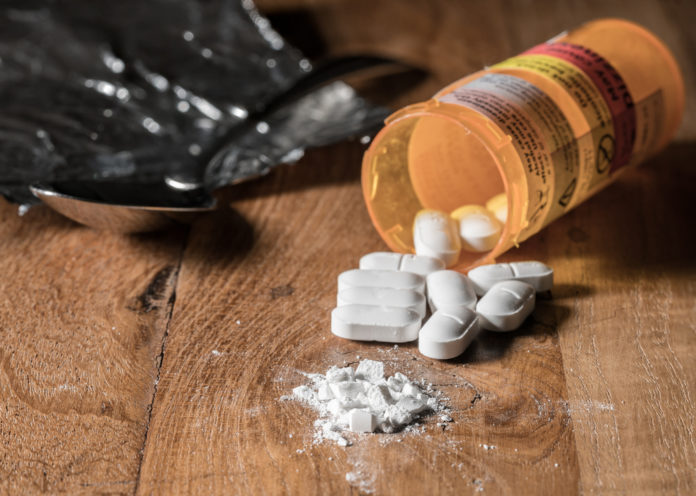Prescription opioids are most commonly used and abused orally, but some people alter their medications and use non-oral methods of administration to experience enhanced effects. When opioid-based medications are crushed and snorted or injected, death is two times more likely to occur, a new study shows.
The study, published in the international journal Drug and Alcohol Dependence, showed that the risks associated with prescription opioid abuse via oral and non-oral routes vary.
The researchers analyzed acute health data collected by the Researched Abuse, Diversion and Addiction-Related Surveillance System Poison Center Program, a nationwide monitoring system that gathers location-specific information on prescription drug use and misuse through regional poison centers.
A total of 243,477 cases of drug exposure that occurred from 2006 to 2014 were analyzed. There were 25,338 cases of intentional prescription opioid abuse exposure included, most of which (61 percent) involved men.
A total of 10,327 of the intentional cases of opioid abuse involved a single substance, and 15,011 cases involved more than one drug. The drugs that were used the most were hydrocodone instant release (48 percent), oxycodone instant release tablets (23.8 percent), oxycodone extended release (7.9 percent) and morphine extended release (4.1 percent).
The researchers looked at the cases of intentional exposure to prescription drugs and found that ingestion was the most common method of abuse, which was reported in 64 percent (3,906) of the cases. Non-oral routes were used in 14.6 percent (892) of the cases and unknown routes were reported in more than 21 percent.
Of the 3,906 cases of oral drug ingestion, 220 (5.6 percent) resulted… (continue reading)

















